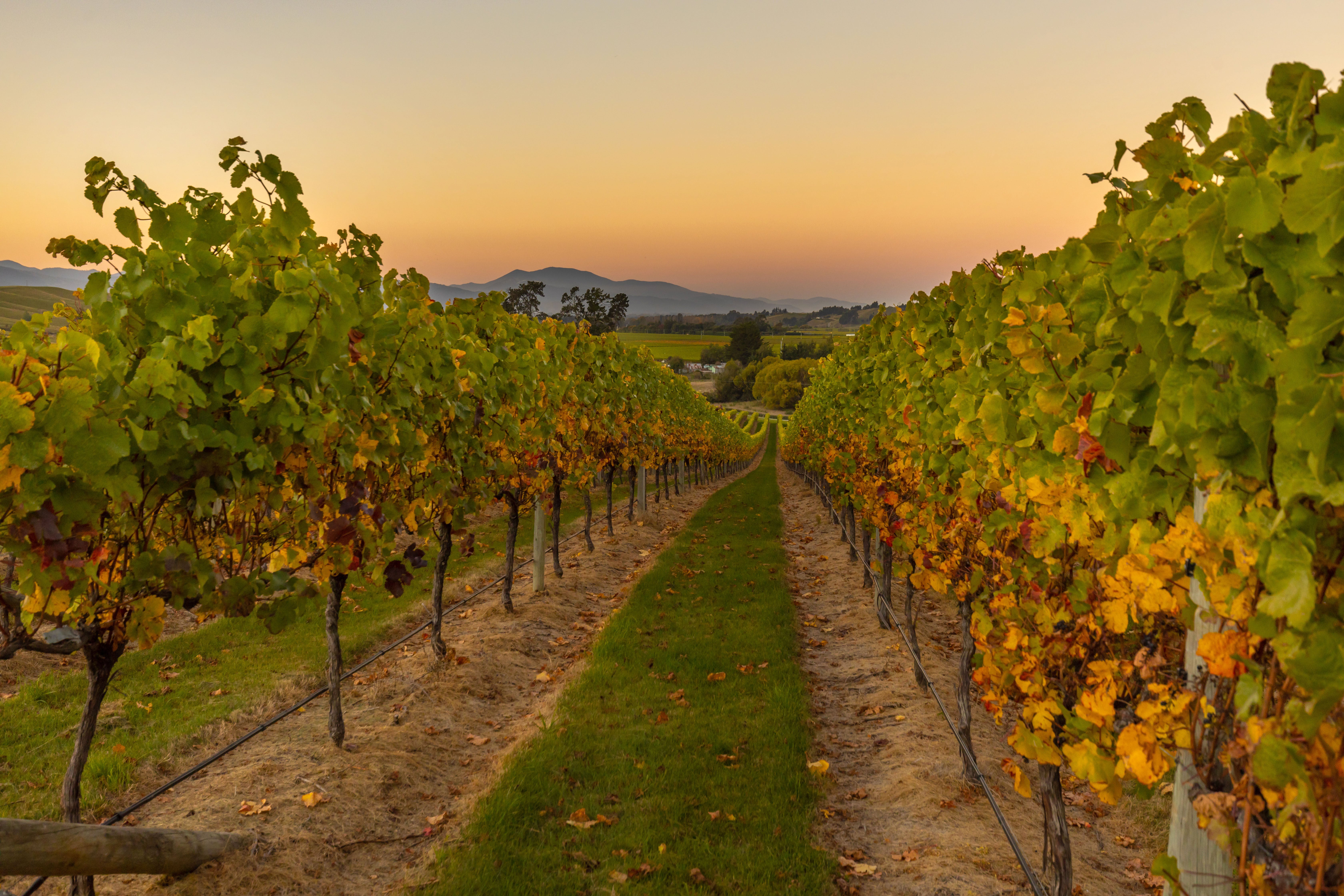
Rural Insight -
Global market thirsty for local vintage
This year’s wine vintage had the industry holding its breath on how it would go, given a summer punctuated by extreme weather events adding to the usual risk that accompanies any annual harvest. For wine growers in Gisborne and Hawke’s Bay the cyclone event proved a hit and miss affair, with some still managing a successful harvest despite the conditions, while others face a heart-breaking rebuild of their businesses.
Further south in the country’s main grape growing area of Marlborough a window of ideal harvest weather proved a welcome respite after a wet, cool spring, with grapes able to ripen a little longer to offset that effect.
Winemakers there are reporting good flavours and representative of what the region has proven to do so well – grow internationally respected Sauvignon Blanc exceptionally well.
This year in particular the geographic spread of New Zealand’s wine sector has proven invaluable in helping provide a buffer to the devastating impact of Cyclone Gabrielle upon Gisborne and Hawke’s Bay.
Industry leaders are thankful the effects have at least been somewhat limited, leaving other grape growing areas able to continue working on a vintage critical for restocking supplies after the surging demand experienced during the global pandemic for Kiwi wines.
This season’s climatic events, along with growing consumer environmental awareness appear to have caught up with the wine sector’s early efforts to minimise its environmental footprint.
Sustainable Winegrowing New Zealand was the first ever established by a wine industry globally back in 1995. When it was launched it was recognised as world leading, and today 96% of New Zealand’s wine meets its certification demands.
Today the sector’s total export value of $2.03 billion to the year ended September 2022 represents an annual average increase of 6% over the past decade, matching the volume growth rate experienced over the same period.
In that time United States’ consumers have discovered Kiwi wines, moving from less than a quarter of the total demand to 35%, followed by United Kingdom quaffing a 22% share and Australia 19%.
An exciting aspect of the industry is the breadth of markets it has penetrated over the past decade, with wine sales recorded in markets as diverse as Korea, Norway, and Ireland.
The Korean market is proving to be an expanding one for winemakers, with New Zealand being the seventh largest wine exporter there in 2021, representing growth of 35% on the year before.
Interestingly the level of sophistication there has seen a younger female demographic jump straight to Sauvignon Blanc, with 57% of buyers surveyed being female.
A recent Sauvignon Blanc day sponsored by NZ Wine included Korea and received exceptionally strong consumer interest through NZ Trade and Enterprise’s efforts on the day.
Here in New Zealand the export success has provided an invaluable regional economic stimulus often providing a higher value land use option than traditional dryland pastoral sectors have been able to.
Marlborough, with its substantial Sauvignon Blanc production, dominates the wine growing sector – accounting for 70% of the total national area of 41,600ha in grapes – significantly ahead of the next largest region, Hawke’s Bay, at 4,800ha.
The ability of the New Zealand wine industry to differentiate distinct wine growing regions from one end of the country to the other has also meant the large-scale Marlborough sector provides a valuable foundation for the sector’s critical mass, and often an introduction through Sauvignon Blanc, for many overseas consumers.
Meantime the well-defined smaller regions that often offer a more artisanal approach to their wine types can benefit as consumers branch out experimenting with the likes of Pinot Noir for Otago or Chardonnay from Gisborne.
The wine industry has also provided a valuable link to the tourism sector, with wine tourism providing a key source of customers for many wineries. They benefit from a per head spend that has been estimated to run 40% above the average tourist spend.
Nick Hawken, Bayleys National Director Rural, said the record setting $2.03 billion of export sales was a particularly strong endorsement of the sector’s success, given the absence of cellar door sales for so many outlets due to the loss of its wine tourist visitors over the pandemic period.
“As tourist numbers start to ramp up again, the sector is looking forward to the additional impetus this market sector will bring as tourists visit the labels they may have been introduced to over the pandemic.”
The resurgence in tourism will be a welcome addition to NZ’s rural landscape, both culturally, and from an income perspective particularly for the wine industry.
“The viticulture sector has been playing catchup for a couple of years now as demand for grapes had outstripped supply given the level of global consumer consumption.
“This has driven demand for uncontracted vineyards and really challenged the logic associated with contracted supply – while it has provided certainty to the landowner like a hedge to spot prices, it’s had flow on impacts to the attractiveness come sale time.
“I think we have seen an increase in instruments between landowners and operators to occupy land such as leases and contracted supply agreements, and while often make sense, they could influence the value of the property when it comes to sale time.”
